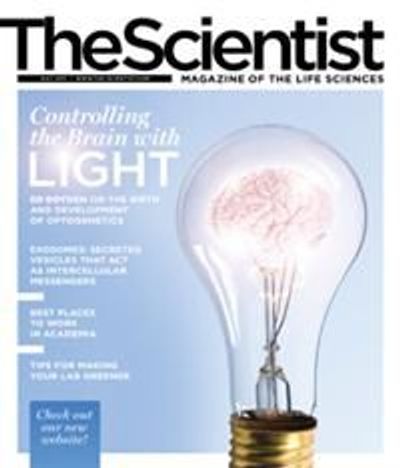 SCIMAT / PHOTO RESEARCHERS, INC
SCIMAT / PHOTO RESEARCHERS, INC
The paper
S. Fukuda et al., “Bifidobacteria can protect from enteropathogenic infection through production of acetate,” Nature, 469:543-47, 2011. Free F1000 evaluation
The finding
When Hiroshi Ohno’s colleague at RIKEN noticed that some strains of bacteria could protect mice from otherwise lethal infections with the pathogenic E. coli O157:H7 (called O157), Ohno decided to find out why. He found that the protective bacteria expresses a transporter protein that allows it to produce acetate, which inhibits the infected host cell’s uptake of Shiga toxin—responsible for the bloody diarrhea and colitis caused by the 0157 strain.
The observation
Germ-free mice infected with either O157 alone, or O157 together with a strain of Bifidobacterium adolescentis that naturally lacked the transporter protein, died within seven days, but survived if they’d been previously inoculated with protective B. longum, a beneficial gut bacteria that is often added to yogurts....
The experiment
To confirm their earlier experiment, they both knocked out the transporter protein gene in a protective strain and introduced it into a nonprotective strain, to show the transporter was necessary and sufficient for protection. Significantly, germ-free mice fed with acetate could also survive O157 infection.
The mechanism
David Cook of the University of Sydney says that rodent toxicology doesn’t always transfer to humans. “You have to be cautious,” he says, “but this is very suggestive.” The mouse colon responds to acetate by turning on a handful of defensive genes, and Ohno says it wouldn’t be surprising if the human gut worked in the same way.
Interested in reading more?




